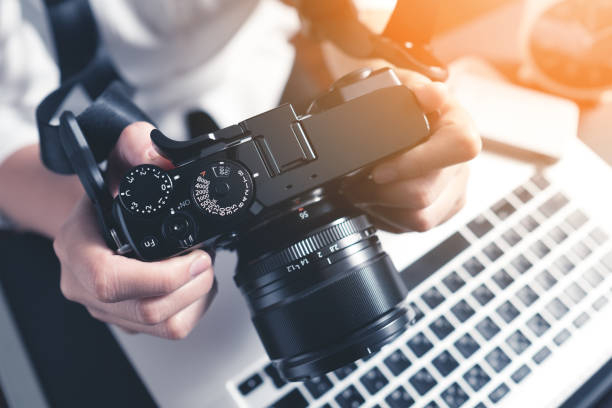Traveling is a thrilling experience, and capturing your adventures through photography allows you to preserve memories, share stories, and express creativity. Whether you’re exploring bustling cities, remote landscapes, or cultural festivals, knowing how to photograph like a pro can elevate your travel experience.
In this guide, we share essential travel photography tips to help you take stunning photos on your journeys.
1. Invest in the Right Gear
While smartphones are capable, having the right gear can make a significant difference:
- Camera: A DSLR or mirrorless camera offers flexibility and high-quality images.
- Lenses: Wide-angle lenses for landscapes, zoom lenses for wildlife, and prime lenses for portraits.
- Accessories: Tripod for stability, extra batteries, memory cards, and camera bag for protection.
Pro Tip: Learn to balance weight—carry only essentials to avoid fatigue while traveling.
2. Master Composition
Composition determines how visually appealing your photos are. Keep these principles in mind:
- Rule of Thirds: Divide your frame into a 3×3 grid and place subjects along the lines or intersections.
- Leading Lines: Use roads, rivers, or architectural elements to guide viewers’ eyes.
- Framing: Natural frames like windows, arches, or trees can add depth.
- Perspective: Experiment with angles—low, high, or diagonal shots create unique views.
3. Understand Lighting
Lighting is one of the most important aspects of photography:
- Golden Hour: Early morning or late afternoon provides soft, warm light.
- Avoid Harsh Midday Sun: Overexposed highlights and shadows can ruin a shot.
- Use Shadows and Reflections: Adds drama and interest to your photos.
Pro Tip: Carry a portable reflector or learn to use natural light creatively.
4. Capture Authentic Moments
The best travel photos often tell a story:
- Candid Shots: Capture locals, street scenes, or travelers naturally.
- Cultural Experiences: Festivals, markets, and traditional ceremonies make compelling subjects.
- Adventure Activities: Hiking, snorkeling, or cycling add action and emotion.
5. Focus on Details
While landscapes and portraits are essential, details add context and interest:
- Patterns in architecture, textures in nature, or close-ups of food.
- Small, overlooked elements often make the most memorable images.
6. Experiment with Camera Settings
Understanding your camera settings allows greater creative control:
- Aperture: Controls depth of field—blur backgrounds for portraits, keep everything sharp for landscapes.
- Shutter Speed: Freeze motion or create motion blur for dynamic shots.
- ISO: Adjust for low-light conditions without compromising image quality.
Pro Tip: Shoot in RAW format for easier editing and higher-quality results.
7. Post-Processing Enhances Your Photos
Editing allows you to bring out the best in your images:
- Adjust brightness, contrast, and saturation.
- Crop for better composition.
- Remove distractions while keeping the photo natural.
Recommended Tools: Adobe Lightroom, Photoshop, or mobile apps like Snapseed.
8. Plan Your Shots
Preparation can lead to better photos:
- Research your destination for iconic viewpoints or hidden gems.
- Check weather forecasts for optimal lighting conditions.
- Create a shot list but leave room for spontaneous moments.
9. Practice Ethical Photography
Respect locals, wildlife, and the environment:
- Ask permission before photographing people.
- Avoid disturbing wildlife or damaging landscapes.
- Follow park or cultural site regulations.
Final Thoughts
Travel photography is about more than taking pretty pictures—it’s capturing memories, telling stories, and expressing creativity. By mastering composition, lighting, camera settings, and post-processing, you can take your travel photography to a professional level.
Whether exploring bustling cities, remote mountains, or tropical beaches, these tips will help you capture your adventures beautifully and share the essence of your travels.

